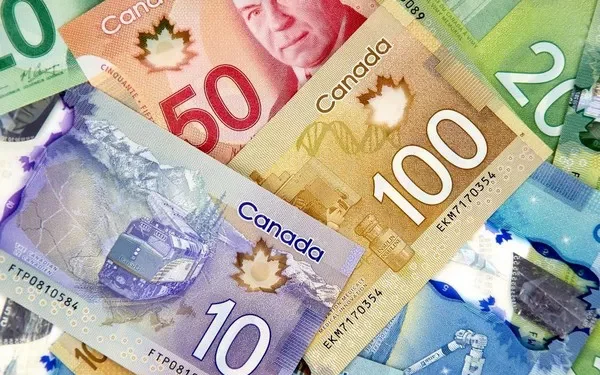The Bank of Canada is Canada’s central bank, responsible for managing the country’s monetary policy, promoting financial stability, and regulating the money supply. Established in 1934, the Bank of Canada is owned by the federal government and is accountable to the Minister of Finance.
The Bank of Canada’s main responsibility is to maintain price stability and control inflation. To achieve this goal, it uses monetary policy tools such as adjusting the target for the overnight interest rate, which affects the cost of borrowing and lending money in the economy. The Bank of Canada also conducts monetary operations to manage the money supply, such as buying and selling government securities.
In addition to its monetary policy responsibilities, the Bank of Canada plays a vital role in promoting financial stability in the Canadian economy. It oversees and regulates the country’s financial system, including banks, credit unions, and other financial institutions, to ensure their safety and soundness. The Bank of Canada also provides liquidity support to financial institutions in times of stress to maintain the stability of the financial system.
The Bank of Canada also plays a role in supporting the economy through its research and analysis. It conducts research on economic and financial issues to inform its policy decisions and provides economic forecasts and analysis to the government and the public. The Bank of Canada also provides financial education and promotes financial literacy to help Canadians make informed financial decisions.
Another critical responsibility of the Bank of Canada is managing Canada’s foreign exchange reserves, which are used to support the value of the Canadian dollar and ensure that Canada has sufficient foreign currency to conduct international transactions.
The Bank of Canada is led by the Governor, who is appointed by the federal government and serves a seven-year term. The Governor is supported by a senior management team and a staff of economists, analysts, and other professionals.
In conclusion, the Bank of Canada is a crucial institution in Canada’s economy, responsible for maintaining price stability, promoting financial stability, and regulating the money supply. Through its monetary policy, financial regulation, research and analysis, and foreign exchange management, the Bank of Canada plays a vital role in supporting the Canadian economy and ensuring its long-term growth and prosperity.
























